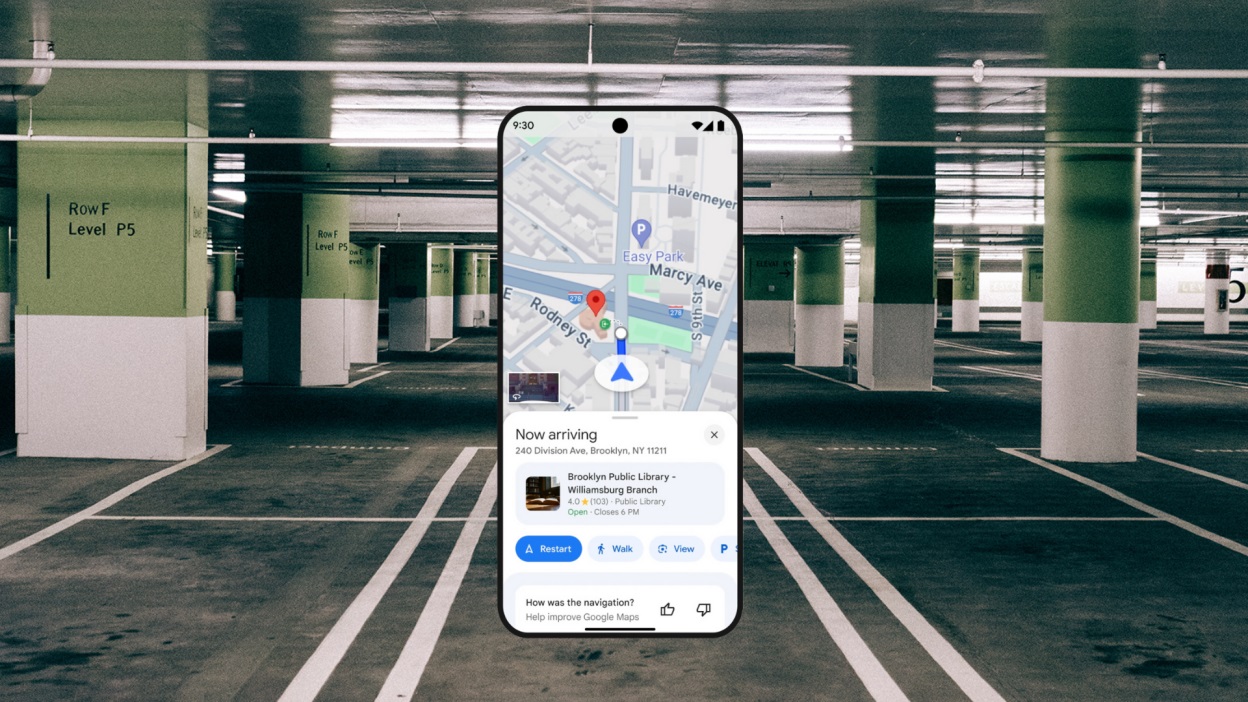In the ongoing debate between Google Maps and Apple Maps, Google’s navigation tool has just introduced a feature that brings it in line with Apple’s offering.
Google is partnering with SpotHero, a digital parking reservation service, to integrate SpotHero directly into Google Maps.
This new feature allows users to reserve parking spots within Google Maps and Google Search through a new “Book Online” button.
Although a soft launch occurred in April, the feature became widely available to all users as of October 8.
Apple Maps fans may find this familiar, as Apple integrated a similar SpotHero feature into its app back in early 2023.
To access SpotHero’s service on Google Maps, simply open the app and search for parking near your intended destination. If parking is available in the area, the “Book Online” button will appear.

When you tap the “Book Online” button, you’ll be directed to the SpotHero website to reserve a parking spot.
The process is seamless, as it’s all managed within Google Maps, eliminating the need to switch between the app and a web browser.
SpotHero allows users to reserve parking spaces in advance, with options to filter by date and time. The service also supports finding wheelchair-accessible parking.
The SpotHero integration fits well with Google Maps’ recent expansions over the summer, which included helping users find EV charging stations, even harder-to-locate ones.
Additionally, after your event, you can use Google Maps to remember where you parked.
SpotHero is currently available in 300 cities across the United States and Canada. However, availability may vary, particularly in smaller towns or cities.
SpotHero claims to serve over 10 million users across North America and takes a commission of 15% to 35%, depending on various factors and agreements with its “parking partners.”
